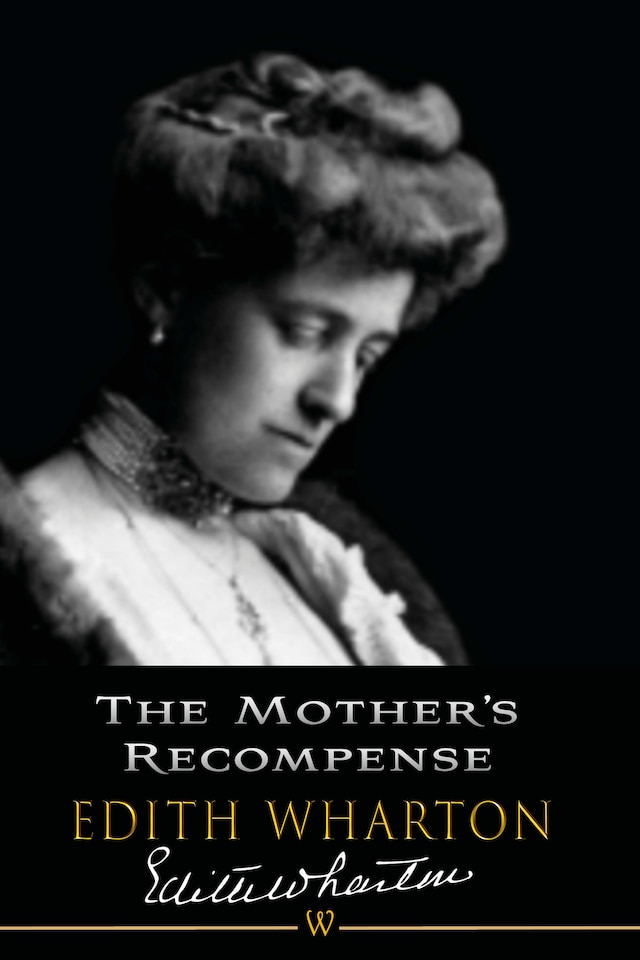
The Mother’s Recompense
Beschrijving van het boek


